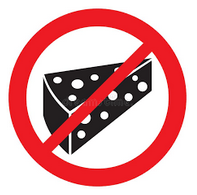 Notches
NotchesHi,
As you may have noted nowadays, some ultra posh smartphones come with screens that occupy almost all of the phone's front.
iPhone X started the trend.
Here's a list of Android phones that do it too:
https://www.theandroidsoul.com/android-phones-with-notch-like-iphone-10/This becomes a problem for the management and display of GUIs.
The notches represent a sort of dead space and if it weren't bad enough, they're also rounded!
A space that you now have to fill in a way or another. Previously, the tops of screens were flat and rectangular, so you'd just anchor your top UI elements to the top of the screen for example and that was it!
In order to load a different UI for these kinds of phones or at least bring a change through code to the UI elements glued to the top of the screen, I thought that I'd use resolutions as an indicator that a phone has notches, but it's not reliable since some smartphones have high resolutions but no notches.
So I have to target devices specifically, or at least groups of them.
Now, I suppose iOS and Android have sort of flags that inform an app that the device it's running on. Flags, like a kind of label if you want, would obviously put some smartphones in a special category: the Notched Ones.

So, as a PlayMaker developer, if such a flag exists, is there a way to get that information?
(Annoying) alternative:
If not, one would have to create and maintain a list of all most known notched phones. Then check the device's reference and compare it with the *official* names of each known notched phone, therefore comparing strings.
It is understood that such a list would be character sensitive, so that's why an official list would be needed.
This requires obtaining the reference of a device.
So...
Is the action Get System Info capable of obtaining the exact data needed to target specific smartphones?
